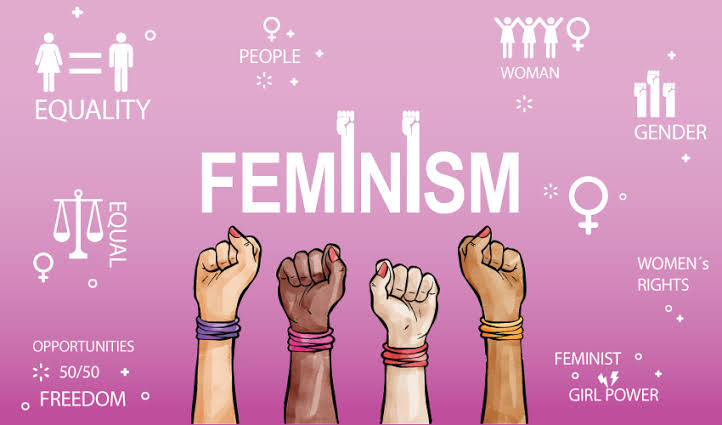
Feminism
There are people who believe that we do not need feminism today, but nothing could be further from the truth. Women have struggled for equality and against oppression for centuries, and although some battles have been partly won – such as the right to vote and equal access to education – women are still disproportionately affected by all forms of violence and by discrimination in every aspect of life. Feminism is a range of socio-political movements and ideologies that aim to define and establish the political, economic, personal, and social equality of the sexes.Feminism holds the position that societies prioritise the male point of view and that women are treated unjustly in these societies.Efforts to change this include fighting against gender stereotypes and improving educational, professional, and interpersonal opportunities and outcomes for women. It is true that in some areas and on certain issues, there have been improvements: for example, in Saudi Arabia women were allowed, for the first time, to vote and run for office in 2015. However, on other issues there has been little or no progress: for example, there have been insignificant reductions in cases of violence against women. Women continue to receive lower pay for the same work as men in all parts of the world; there are still countries that do not have laws against marital rape and still allow child brides, and practices such as ‘honour’ killings and female genital mutilation still exist.Feminism may seem simple at its core, but there are many different types. Here are three of the main ones to know:
1)Liberal feminism -Liberal feminism is what most people think of when they hear the word “feminist.” It can also be described as “mainstream feminism.” As defined by philosopher Alison Jagger, liberal feminism focuses on political rights and equality in education and the workplace. That includes issues like equal access to education, equal pay, safer working conditions, and an end to job segregation based on sex.
2)Radical feminism – As the name suggests, radical feminism is more aggressive. It focuses on dismantling the patriarchy and traditional gender roles by ensuring reproductive rights, critiquing the nuclear family and motherhood, and challenging institutional power. Rather than trying to change things through established systems, radical feminists are more inclined to change the systems themselves.
3)Intersectional feminism- Intersectional feminism examines how sexism, racism, classism, and xenophobia intersect and form systems of oppression. It counters “white feminism,” which by ignoring racial oppression, can support white supremacy. White feminism was born during feminism’s earliest days as the most famous figureheads – like Elizabeth Cady Stanton- only cared about suffrage for white women.
The key message of feminism must be to highlight the choice in bringing personal meaning to feminism. It is to recognize other’s right for doing the same thing. The sad part is that despite feminism being a strong movement, there are still parts of the world where inequality and exploitation of women take places. Thus, we must all try to practice intersectional feminism.
Author – Khushi Singh, a student of Dr.BR Ambedkar National Law University, Sonepat




